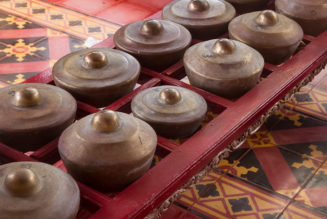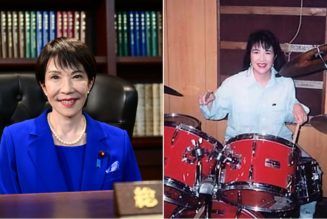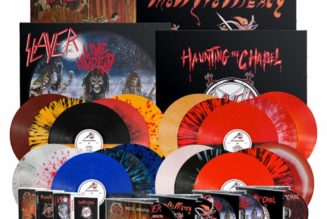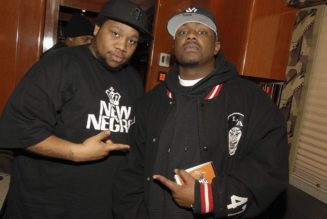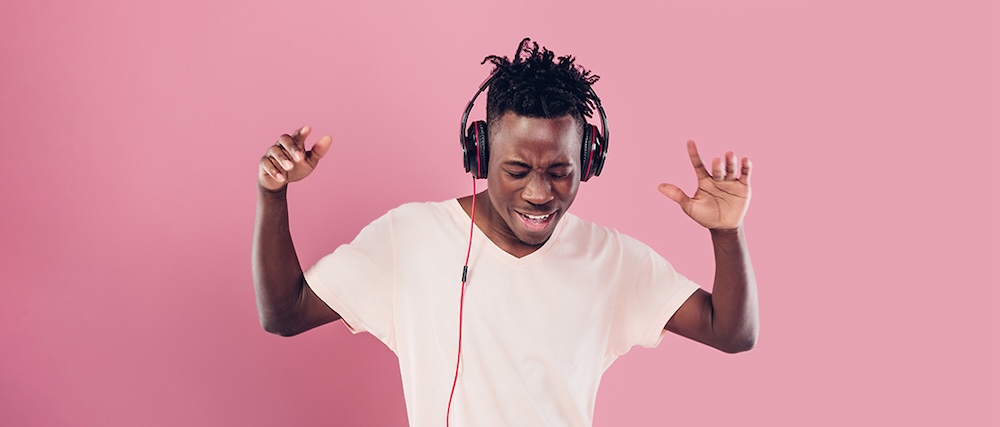
Amapiano, a genre born in South Africa, has swiftly captured global attention, resonating with audiences from the United States to Europe. Characterised by its distinct house music foundation, keyboard melodies, and thumping drum basslines, Amapiano has become a sensation, trending on TikTok with over 3.3 billion views and amassing over a billion streams on Spotify. The genre’s universal appeal is undeniable, drawing fans worldwide and influencing major artists like Usher and Drake. As cultures increasingly cross borders, Amapiano is a powerful example of African music’s growing global influence. The article was first published on FirstRand Perspectives.
The rise of Amapiano
By Tendani Mulaudzi
It’s so distinctive and universal that every song belonging to the genre sounds familiar, almost like you’ve heard it before. Amapiano, as the genre is named, has affected people worldwide. Originating in the southern tip of Africa in the minds of South African music producers, Amapiano can now be heard on radio stations in the United States and nightclub dancefloors in Europe. In a relatively short period, Amapiano has taken the world by storm.
In the South African-produced documentary SHAYA!, Amapiano (which means “the piano” in IsiZulu, one of the country’s official languages) can be defined as a certain kind of house music called kwaito, with its dance music foundations that get crowds up and moving in a matter of seconds once a song starts. Keyboard sounds laid over thumping drum basslines can be heard over deep house melodies, making the sound unique. Once you hear the Amapiano beat, you will most likely never forget it.
How did this genre, originating in the townships of South Africa, find itself on a global platform? It all started with TikTok, a social media platform hosting videos from users worldwide, featuring content spanning pranks to dances and many things. Video creators can choose from a range of audio, including music, to accompany their videos, and when a sound clip is used extensively throughout the platform, it trends more. The Amapiano hashtag has gained over 3.3 billion views in the last three years, giving it prominent global status. Its numbers on Spotify are just as inspiring, sitting at over a billion genre streams. While the COVID-19 pandemic meant the unfortunate death of many aspects of contemporary life, for the Amapiano movement, it meant the exact opposite.
Tope is an American hailing from New York. He is also an avid Amapiano fan, something he discovered most unexpectedly.
“The first time I knew something was happening in South Africa was on my 26th birthday. I was in Berlin, and I saw Black Coffee play, and it was at this club called Watergate, and I was in front of him and it was like at 6am,” he explains. “It was just like a bunch of Africans left on the dancefloor, dancing like crazy to this sound – like, you know, house music, electronic music, but it had a very distinctive African vibe with drums and percussion… It just spoke to me. It touched something in me. I was just amazed. I was there at 6am dancing like crazy, as the sun was coming up over Berlin. Looking at Black Coffee, not even knowing him. I was like, wow, do black people make electronic music like this? I didn’t even realise it then because I’d listened to a lot of house, but I’d never seen an African DJ… so I started to get into Afro-house from that point.”
From Afrohouse, he discovered sounds like Gqom, a very particular kind of house originating from South Africa. “I started looking for more and more of this music, and that’s how I discovered Amapiano. At this point, this was the pandemic, and I remember hearing a certain Amapiano song and thinking, ‘Woah, what is this sound?’ that was the beginning of an obsession. And there was just something so, it was so unique, first of all.”
It was like nothing he had heard before, and it captivated him. A traveller who has visited many parts of the world, Tope says no other country has music that compares to the sound of Amapiano.
“I’ve listened to music from a lot of different countries, Brazil, in particular Latin America, but this sound was cool – it was electronic, dark, groovy, but it did something to my mind like it focused my mind, it was like a meditation, it just made my mind hum so to speak. Instead of being all over the place, it just did something to my mind. And I love that sound; it made me feel powerful, it made me feel in control, and it made me feel amazing. And even though I didn’t even know what the lyrics meant, I didn’t even know what they were saying in the songs, but something was simultaneously communicated that was cool and proud.”
Tope joins hundreds of thousands worldwide who are inexplicably drawn to the Amapiano beat. This has led South African artists to tour the world, a giant leap from their humble local club beginnings. Artists such as Usher and Drake are adopting elements of Amapiano into their artistry. And all this while social media keeps acting as a vehicle to spread the genre to many more corners of the globe.
Globalisation is making all of this possible, and 10 years ago, nothing like this could or would have been a reality. Cultures are crossing borders, and we are starting to see more and more African culture being assimilated into Western culture instead of the other way around. Amapiano is just one of these global forces, and it will be interesting to see what other one-of-a-kind and unexpected nooks of specific cultures become worldwide sensations.
Read also:


